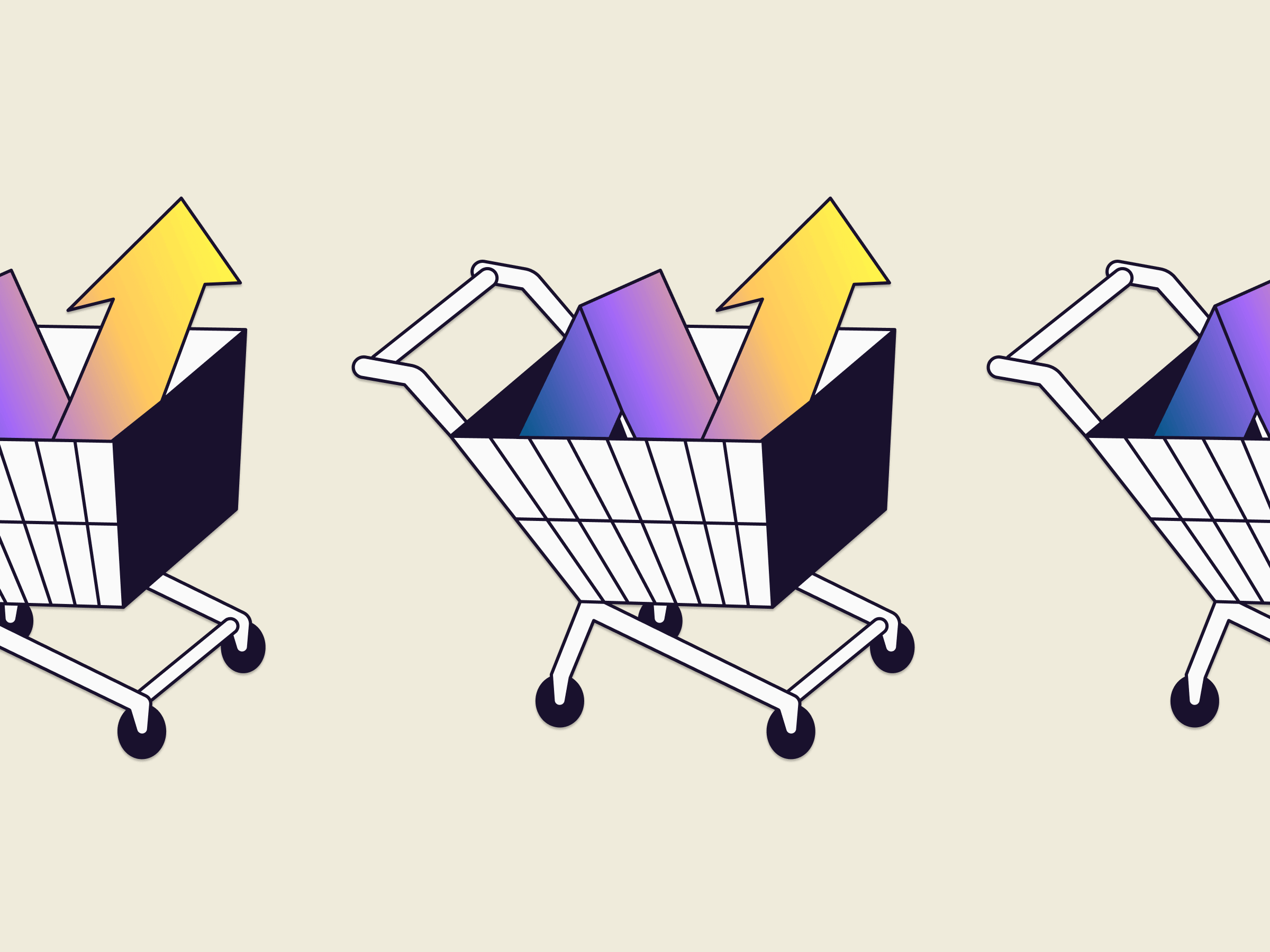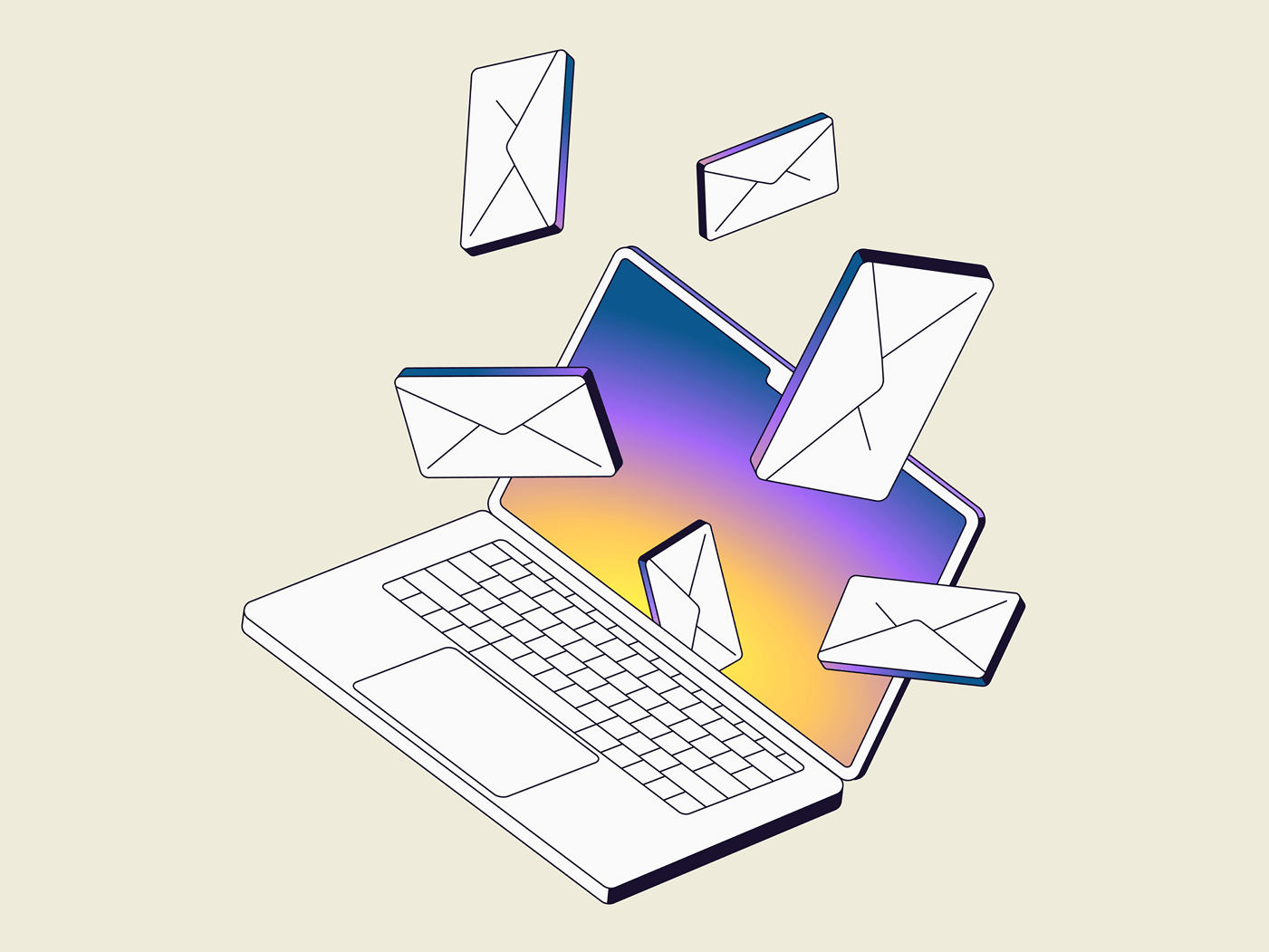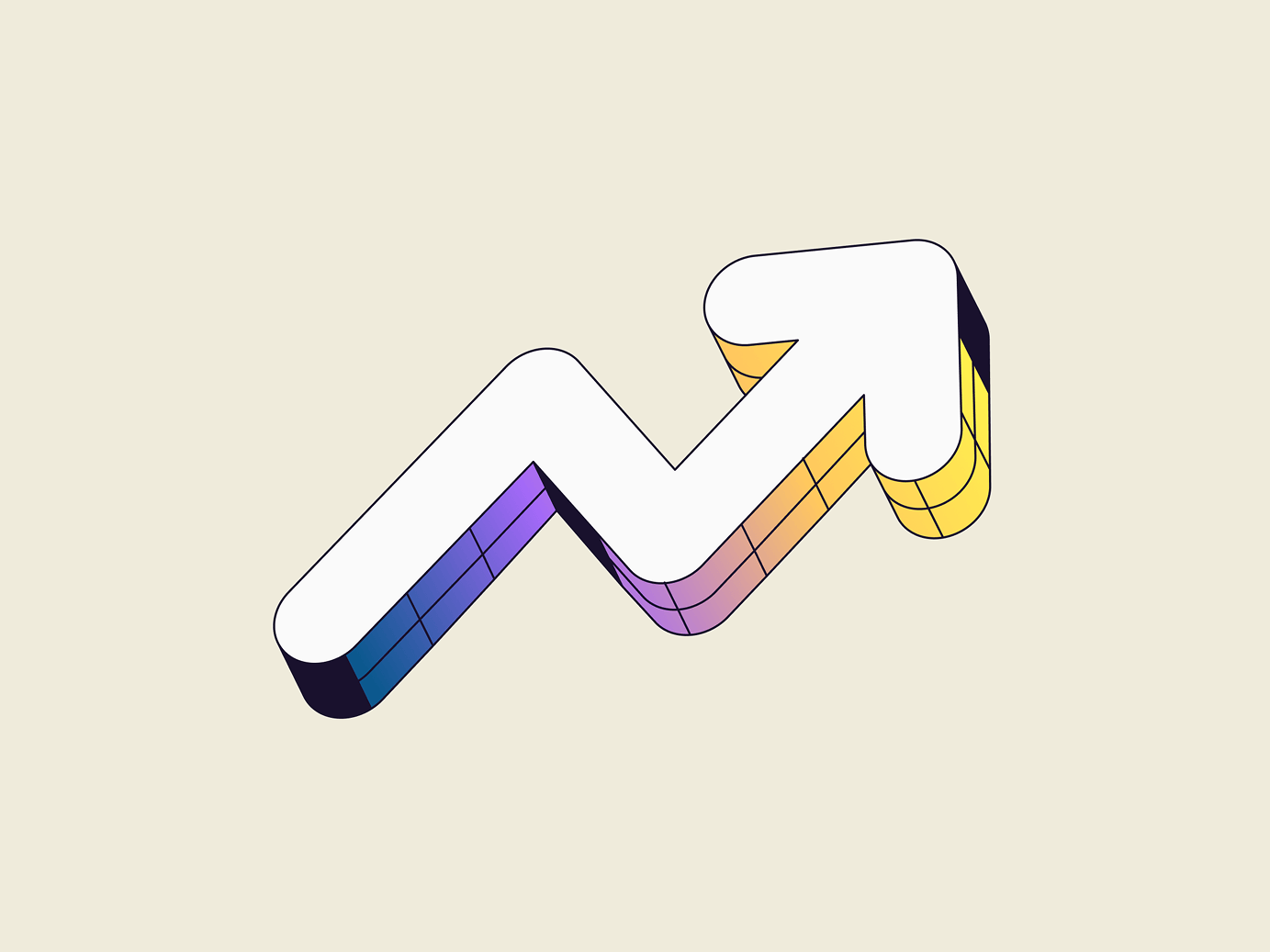If you're still sending generic email blasts to your entire list, it's time to stop. Today’s customers want emails that speak to them based on their behavior, interests, and where they are in the buying journey.
That’s why the smartest brands are turning to personalized email marketing.
But not the kind that just drops a first name in the subject line. We’re talking about lifecycle email marketing—a strategy that matches your messaging with real customer behavior and timing.
At Stimulate, an email marketing firm focused on retention and lifecycle strategy, we’ve seen how brands that embrace personalization win big.
Let’s walk through how this works, why it’s a game changer, and how you can start using it to boost conversions, retention, and lifetime value.
What Is Lifecycle Email Marketing?
Lifecycle email marketing is the practice of sending tailored emails based on where someone is in their relationship with your brand. It’s about building trust early, nudging them toward a purchase, keeping them engaged after they buy, and winning them back if they drift away.
Unlike broadcast campaigns that go out to everyone, lifecycle emails are:
- Automated but relevant
- Timed around behavior (not your calendar)
- Built to convert and retain, not just inform
Why Lifecycle Marketing Matters More Than Ever
People are overwhelmed with content. Every inbox is flooded with offers, reminders, and noise. Lifecycle emails cut through the clutter by being specific, timely, and personal.
This is where email marketing customer journey mapping comes in. It’s a way of plotting out every interaction someone might have with your brand—and using that to send emails that feel like part of a natural conversation.
Here’s the thing: when your emails actually help someone instead of just pushing product, they don’t just open them—they engage. And they come back.
The 5 Customer Lifecycle Stages Email Flows Must Support
Every customer goes through five core stages. Your emails need to support each one.
1. Awareness
They just found you. Maybe they joined your list through a quiz, lead magnet, or ad.
- Goal: Make a great first impression.
- Send: A welcome series with brand intro, values, top products, and light incentive.
2. Consideration
They’re browsing. They haven’t bought yet, but they’re paying attention.
- Goal: Help them feel confident buying.
- Send: Testimonials, how-to content, comparisons, time-sensitive offers.
3. Conversion
They’ve purchased. Now’s the time to make it count.
- Goal: Deliver an amazing post-purchase experience.
- Send: Order confirmation, product setup tips, care guides, upsell opportunities.
4. Loyalty
They’ve bought again—or they’re showing signs of becoming a VIP.
- Goal: Encourage deeper engagement.
- Send: Rewards, exclusive drops, early access, birthday or anniversary flows.
5. Winback
They’ve gone quiet. It’s been weeks or months.
- Goal: Reignite interest.
- Send: A "We miss you" message, personalized offer, reminder of what they loved.
This flow aligns your content with customer lifecycle stages email behavior. You’re meeting people where they are, not where you wish they were.
How Customer Lifecycle Segmentation Powers This Entire Strategy
You can’t send the right emails if your list is just one big blob. Segmentation is the engine behind every smart lifecycle program.
Start by dividing your audience based on:
- Recent behavior (opened, clicked, browsed, bought)
- Purchase history
- Average order value
- Frequency of purchases
This is what we call customer lifecycle segmentation—you’re organizing your audience by how they behave, not just who they are.
Want to go deeper? Use micro-segmentation for email to personalize based on:
- Product category interest
- Discount responsiveness
- First-time vs. repeat buyer
- Acquisition source (organic, paid, referral)
Now you’re not just segmenting, you’re speaking their language.
Mapping Customer Journey Emails Made Simple
You don’t need a complicated whiteboard diagram to get started. Here’s a dead-simple way to learn how to map customer journey emails:
- Identify the key milestones: signup, browse, purchase, inactivity
- Ask what the customer is thinking or feeling at that stage
- Create an email (or sequence) that answers their need
- Automate it based on behavior triggers
- Keep refining based on performance
For example:
- They view a product 3 times? Trigger a product education email.
- They haven’t bought in 45 days? Send a check-in with a curated offer.
- They buy for the second time? Treat them like a VIP.
Mapping doesn’t have to be messy. It just needs to be intentional.
When to Send Lifecycle Emails (Timing = Everything)
It’s not just what you send—it’s when to send lifecycle emails that makes the difference.
Here are timing cues based on behavior:
- Welcome: Immediately on signup, then Day 2 and Day 5
- Abandoned browse/cart: Within 1 hour of activity
- Post-purchase: Order confirmation (Day 0), product tips (Day 3), upsell/cross-sell (Day 7)
- Loyalty/VIP: After 3+ purchases or high AOV threshold
- Winback: 45, 60, and 90 days of inactivity
Adjust based on your buying cycle. A skincare brand won’t follow the same cadence as a high-ticket electronics store. Let your data guide you.
Real Email Examples (You Can Steal)
Let’s walk through how this looks in practice:
Welcome Series
- Subject: "You’re in—take X% off"
- Content: Offer introduction, brand story, product recommendations
Consideration Flow
- Subject: "Still deciding? This might help."
- Content: Customer reviews + before-and-after results, last-ditch offer
First Purchase Flow
- Subject: "Order confirmed. Let’s make the most of it."
- Content: What to expect, usage tips, setup guide, tutorials
Loyalty Nurture
- Subject: "Because you’re one of our best customers..."
- Content: VIP access, secret sale, refer-a-friend link
Winback Flow
- Subject: "Hey, we miss you!"
- Content: Bestsellers back in stock, personal note, discount code
Each of these ties directly to a lifecycle trigger—and each one creates connection.
Tools That Make This Easy (and Scalable)
To make this system run like clockwork, you need the right platform.
The best email marketing service for this kind of work should support:
- Automation and flow triggers
- Real-time segmentation
- Dynamic product blocks
- Testing and analytics
Great picks:
- Klaviyo (for eComm brands that want deep data control)
- Drip (for content-forward ecommerce)
- Postscript (for lifecycle SMS that pairs with email)
Choose the tool that meets your data and integration needs—not just what’s trending.
Common Mistakes to Avoid
Before we wrap, here are traps even seasoned marketers fall into:
- Too many emails, too fast. Respect the cadence.
- Treating all buyers the same. They’re not. Follow the tips laid out in this blog post for a more personalized experience for your subscribers.
- No exit strategy. Let users opt out of specific flows without unsubscribing entirely.
- Forgetting the mobile experience. Half your audience is opening on their phone. Remember to change fonts, templates, and/or photos for a better user experience.
Avoid these, and you’re ahead of most.
Final Thoughts: Lifecycle Is the Long Game
Lifecycle email marketing isn’t a campaign—it’s a commitment.
It’s how you:
- Guide people from curious to convinced
- Keep customers engaged between purchases
- Turn one-time buyers into lifelong fans
It doesn’t rely on gimmicks. It’s grounded in behavior, trust, and value.
At Stimulate, we help brands build retention ecosystems that scale.
If you’re tired of random blasts and want a strategy that works while you sleep.
👉 Book your free strategy call and let’s build your lifecycle engine.

.webp)
.webp)
.webp)
.webp)
.webp)
.webp)
.webp)
.webp)
.png)
.webp)
.webp)
.webp)
.webp)
.webp)
.webp)
.webp)
.webp)
.webp)
.webp)
.webp)
.webp)
.webp)
.webp)








